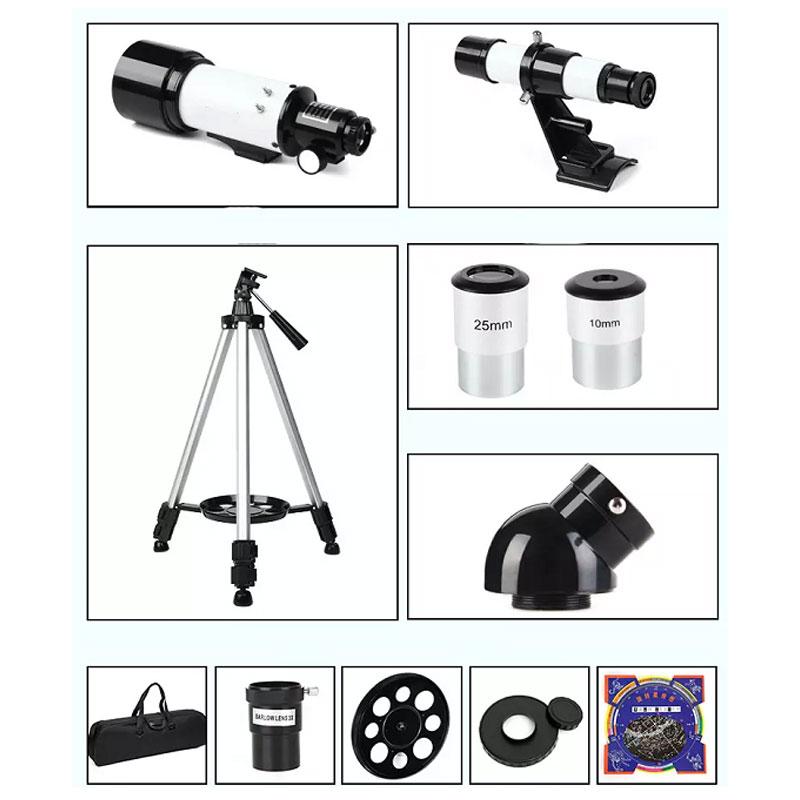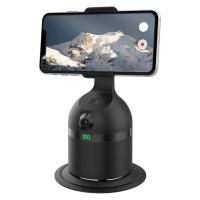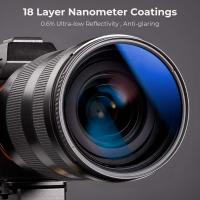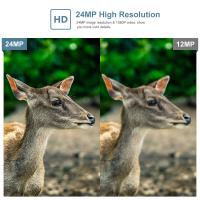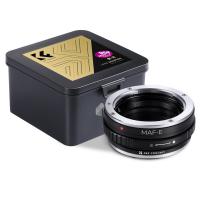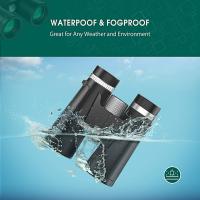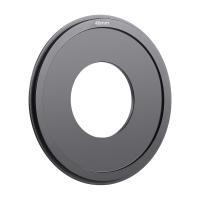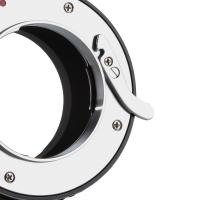What Size Of Telescope To See Saturn ?
To see Saturn, a telescope with an aperture of at least 2.4 inches (60mm) is recommended. However, a larger aperture will provide a clearer and more detailed view of the planet and its rings. A telescope with a magnification of at least 25x is also recommended to see Saturn's rings and some of its larger moons. It is important to note that the quality of the telescope's optics and the viewing conditions, such as light pollution and atmospheric turbulence, can also affect the clarity of the view.
1、 Aperture size
The size of telescope required to see Saturn depends on the level of detail you want to observe. However, a general rule of thumb is that a telescope with an aperture size of at least 3 inches (76mm) is required to see Saturn's rings and some of its larger moons. With a 6-inch (152mm) aperture telescope, you can see more detail on the planet's surface and its smaller moons.
However, it's important to note that the atmosphere can greatly affect the quality of the view, especially when observing at high magnifications. Therefore, a larger aperture telescope may not necessarily provide a better view if the atmospheric conditions are poor.
In recent years, there has been a growing trend towards using smaller, more portable telescopes for planetary observation. These telescopes, often referred to as "grab-and-go" scopes, typically have apertures between 60mm and 80mm. While they may not provide the same level of detail as larger telescopes, they are more convenient to use and can still provide impressive views of Saturn and other planets.
Ultimately, the size of telescope required to see Saturn depends on your observing goals and budget. A larger aperture telescope will generally provide better views, but smaller telescopes can still provide enjoyable and rewarding observations.

2、 Magnification power
To see Saturn clearly, you will need a telescope with a minimum aperture of 70mm. The aperture is the diameter of the telescope's main lens or mirror, and the larger the aperture, the more light the telescope can gather, resulting in a brighter and clearer image. A telescope with an aperture of 70mm or larger will allow you to see Saturn's rings and some of its larger moons.
However, the magnification power of the telescope is also important. A telescope with too much magnification power can make the image blurry and difficult to see. A good rule of thumb is to use a magnification of no more than 50 times the telescope's aperture in millimeters. So, for a 70mm telescope, the maximum magnification should be around 350x.
It's also important to note that atmospheric conditions can affect the clarity of the image. On nights with poor seeing conditions, even the best telescope may not provide a clear view of Saturn. Additionally, the position of Saturn in the sky can affect the quality of the image. When Saturn is low on the horizon, the image may appear distorted due to atmospheric turbulence.
In summary, a telescope with an aperture of at least 70mm and a magnification of no more than 50 times the aperture in millimeters is recommended for viewing Saturn. However, other factors such as atmospheric conditions and the position of Saturn in the sky can also affect the quality of the image.
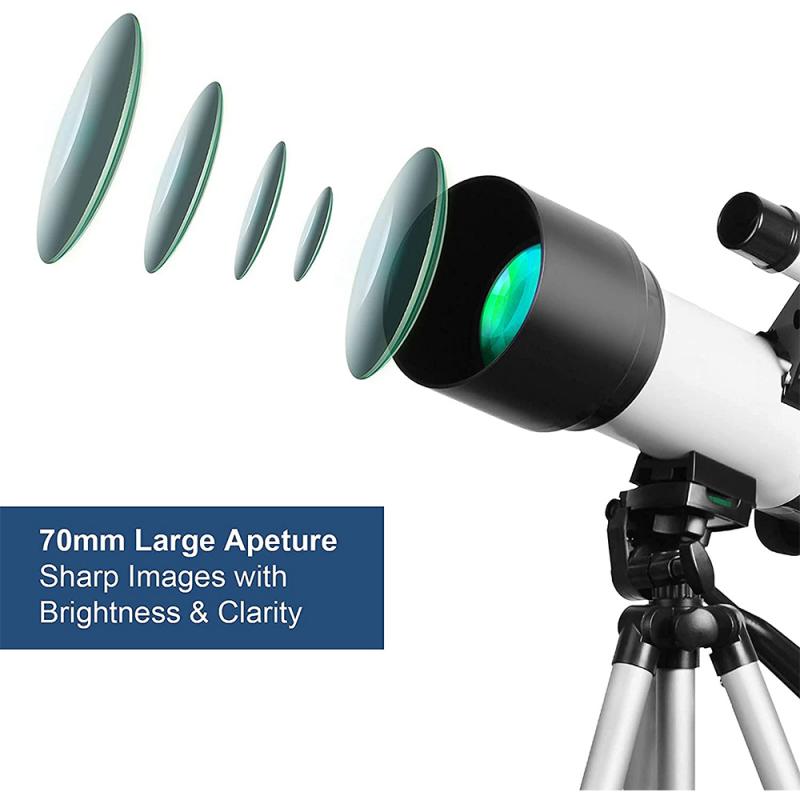
3、 Focal length
What size of telescope to see Saturn? The answer to this question depends on what you want to see and how much detail you want to observe. Saturn is one of the most beautiful planets in our solar system, and it is visible to the naked eye. However, to see its rings and moons, you will need a telescope.
The size of the telescope you need to see Saturn depends on its focal length. Focal length is the distance between the lens or mirror and the point where the light converges to form an image. The longer the focal length, the higher the magnification, and the more detail you can see.
For example, a small telescope with a focal length of 500mm can show Saturn as a small, bright dot with its rings visible. However, a larger telescope with a focal length of 1000mm or more can show more detail, such as the Cassini Division in the rings and the planet's cloud bands.
It's important to note that the size of the telescope is not the only factor that determines the quality of the image. The quality of the optics, the atmospheric conditions, and the observer's experience also play a significant role.
In recent years, advances in technology have made it possible to see Saturn and its moons in stunning detail using amateur telescopes. With the right equipment and conditions, you can even capture images of Saturn that rival those taken by professional observatories.
In conclusion, the size of the telescope you need to see Saturn depends on its focal length, but other factors also play a role. With the right equipment and conditions, you can observe and capture stunning images of this beautiful planet.

4、 Optical quality
What size of telescope to see Saturn? The answer to this question depends on several factors, including the optical quality of the telescope, the atmospheric conditions, and the observer's experience. In general, a telescope with an aperture of at least 3 inches (76mm) is recommended to see Saturn's rings and some of its larger moons.
However, the optical quality of the telescope is crucial for observing Saturn's details. A telescope with good optical quality will provide sharper and clearer images of Saturn's rings, cloud bands, and the Cassini division. A high-quality refractor or reflector telescope with a large aperture and good optics will provide the best views of Saturn.
In recent years, advances in telescope technology have made it easier for amateur astronomers to observe Saturn and other planets. Computerized telescopes with advanced tracking systems and high-quality optics can provide stunning views of Saturn's rings and moons. Additionally, astrophotography has become increasingly popular, allowing amateur astronomers to capture detailed images of Saturn and other celestial objects.
In conclusion, the size of the telescope needed to see Saturn depends on several factors, including the optical quality of the telescope, atmospheric conditions, and observer's experience. A telescope with an aperture of at least 3 inches is recommended, but the optical quality is crucial for observing Saturn's details. With the latest advances in telescope technology and astrophotography, amateur astronomers can now capture stunning images of Saturn and other planets.
